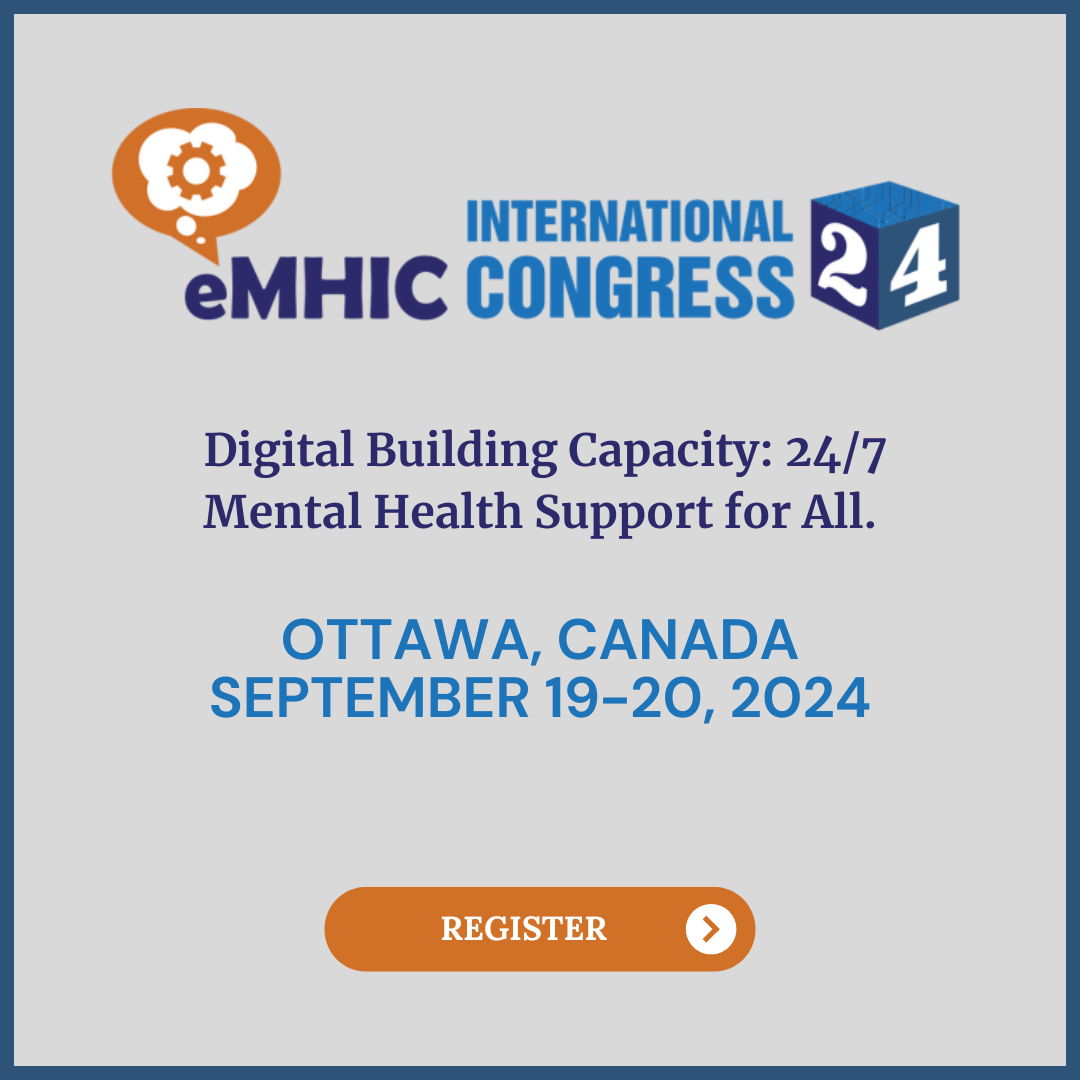If you are in distress, you can call or text 988 at any time. If it is an emergency, call 9-1-1 or go to your local emergency department.
Structural Stigma in Health Care for Mental Health and Substance Use – Networking for the Design, Development, and Implementation of an Audit Tool
From October 1, 2019 to March 19, 2020, the Mental Health Commission of Canada’s (MHCC’s) structural stigma research team explored the idea of developing an audit tool for mental health and substance use (MHSU).
Our initial strategy evolved by reframing and contextualizing stigma within the health-care system’s quality-of-care framework, specifically under the “E” pillar of equity. Establishing stigma as a quality-of care problem within existing monitoring and delivery processes requires new ways of thinking and the creation of a quality audit tool.
The research group set out to conduct a range of networking activities to identify promising partners for the design, development, and implementation of a structural stigma audit tool. The process involved inquiring, networking, and developing relationships with potential partners, key system influencers, and decision makers. We contacted 13 agencies across a small sampling of the health regulatory and performance measurement field, locally, provincially, nationally, and (more selectively) internationally. With Nivatha Moothathamby having made the appropriate arrangements, Thomas Ungar interviewed each agency in person or by tele- or web conference. Stephanie Knaak also attended two of the meetings. Due to availability problems and a time zone difference, we collected information from one contact by email.Synthesis of the results
No agency is using or knows of any specific tool or measure to target structural stigma or mental health equity, although some groups have a mandate to develop and track quality in mental health care.
Others have been developing mental health quality indicators that are somewhat related. These indicators may be grouped as follows:
procedures for three diagnoses.
has recently been calling for the same.
SHARE THIS PAGE
RELATED



